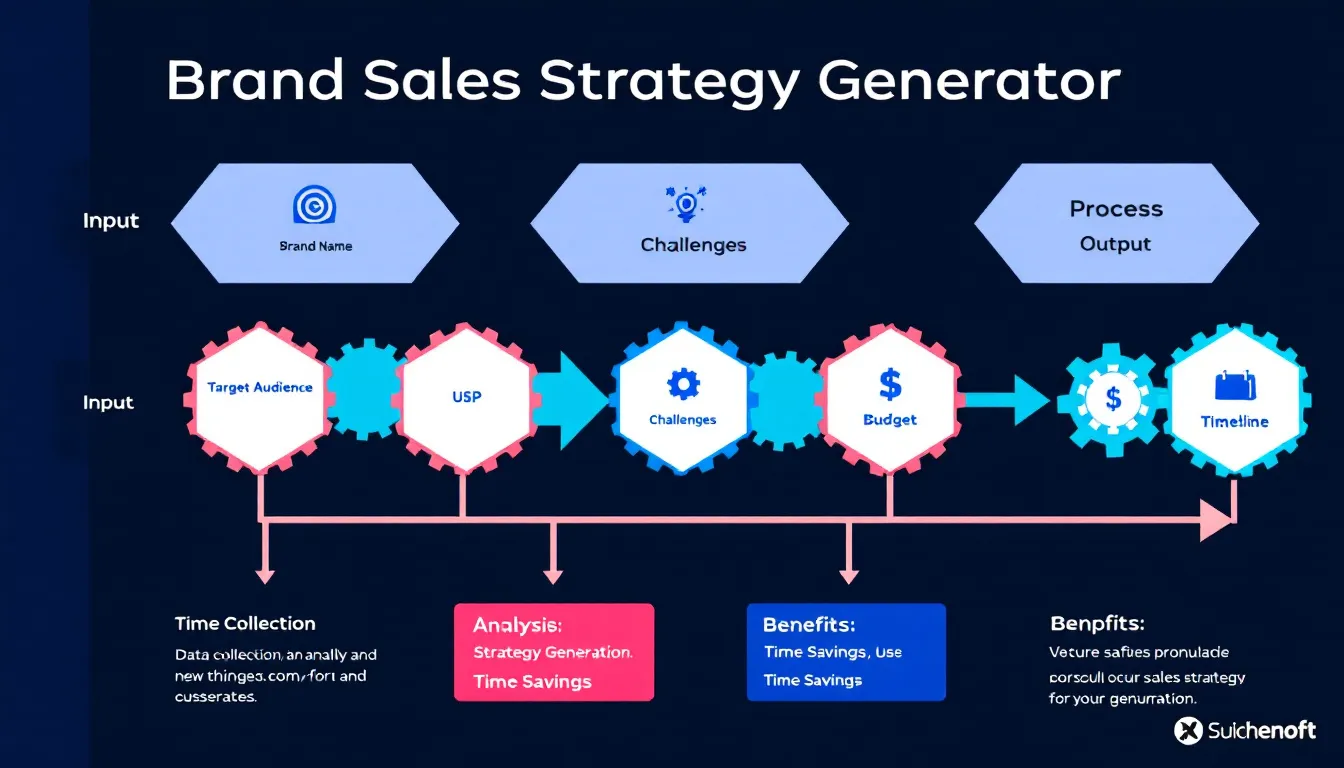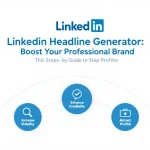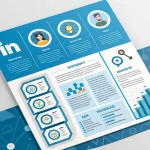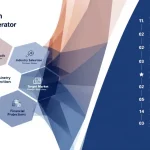Is this tool helpful?
How to Use the Brand Sales Strategy Generator Effectively
To create a customized marketing plan for your business, provide detailed and accurate information in each field below. This tool uses your inputs to generate a tailored sales strategy that fits your brand’s unique needs.
Field-by-Field Instructions:
- Brand Name: Enter your brand or company name. For example:
- SolarBright Solutions
- HealthyNest Organics
- Target Audience: Describe your ideal customers with specifics like:
- Demographics: Age, gender, location (e.g., Women aged 30-45, suburban areas)
- Psychographics: Interests, values, lifestyle (e.g., Fitness enthusiasts focused on sustainability)
- Behavior: Buying habits, media consumption (e.g., Online shoppers, active on social media)
- Examples:
- Urban millennials who prioritize eco-friendly products
- Small business owners seeking affordable tech solutions
- Unique Selling Points (USPs): List the features that make your brand stand out. Focus on benefits your customers value. Examples:
- 24/7 customer support with personalized service
- Locally sourced ingredients with organic certification
- Business Challenges: Describe obstacles blocking growth or market success. Examples:
- Limited online presence in competitive markets
- Difficulty converting leads into paying customers
- Marketing Budget: Optional. Enter your budget in USD to tailor strategy recommendations to your financial resources.
- Implementation Timeline: Optional. Specify how long you plan to implement your strategy (e.g., 4 months, 9 months).
Introduction to the Brand Sales Strategy Generator
This tool crafts personalized sales strategies by analyzing your business data and market factors. It helps you identify the best ways to position your brand, reach your target audience, and allocate resources efficiently. Whether you’re a startup or an established company, it generates actionable insights designed to boost your sales performance and market presence.
Purpose and Benefits
- Custom Strategies: Adapts to your industry, audience, and goals to deliver relevant marketing plans.
- Market Insight Integration: Combines your inputs with current market intelligence.
- Time-Saving: Cuts down hours of manual research and planning.
- Cost-Effective: Reduces reliance on costly consultants by automating strategic recommendations.
- Decision Support: Helps you make data-driven marketing choices aligned with your business goals.
Practical Usage of the Brand Sales Strategy Generator
Use this tool to shape specific sales strategies for different business scenarios. Here’s how you might apply it in two practical cases:
Case Example 1: Boutique Fitness Studio
- Brand Name: FitNest Studio
- Target Audience: Health-conscious adults aged 28-40, suburban residents, prioritizing wellness lifestyles
- Unique Selling Points: Personalized classes, experienced trainers, flexible membership plans
- Challenges: Facing high local competition and low brand awareness
- Marketing Budget: $15,000
- Timeline: 5 months
This input generates a plan focusing on digital engagement, local partnerships, and referral incentives suited to the fitness market.
Case Example 2: Online Educational Platform
- Brand Name: LearnSmart Academy
- Target Audience: College students, 18-24 years old, tech-savvy, value flexible learning
- Unique Selling Points: Interactive courses, expert instructors, affordable pricing
- Challenges: Student retention and scaling marketing efforts
- Marketing Budget: $40,000
- Timeline: 8 months
The tool recommends strategies including targeted social media advertising, content marketing, and loyalty programs to increase student engagement and enrollment.
Core Elements of Your Generated Sales Strategy
Every strategy includes essential components designed to build a focused and effective marketing plan tailored to your business needs.
Key Components
- Market Positioning Analysis: Identify your brand’s unique spot in the marketplace relative to competitors.
- Competitive Differentiation: Highlight what sets your brand apart to attract and retain customers.
- Channel Optimization: Recommend the best marketing channels—social media, email, events—based on your audience.
- Customer Engagement Tactics: Outline ways to connect with your customers and build loyalty.
- Resource Allocation: Provide guidance on how to best use your budget and time for maximum impact.
How to Implement Your Sales Strategy
Implement your plan in clear phases to ensure steady progress and adaptation based on results.
Step 1: Market Research and Analysis
- Map your competitors and identify market gaps.
- Develop detailed customer personas.
- Assess potential opportunities within your niche.
Step 2: Strategic Planning
- Select marketing channels based on audience behavior.
- Create clear and compelling messaging that reflects your USPs.
- Design resource allocation plans matching your budget and skills.
Step 3: Execution and Tracking
- Develop a detailed timeline with milestones.
- Set measurable key performance indicators (KPIs).
- Continuously monitor results and adjust tactics as necessary.
Best Practices for Strategy Success
- Validate Your Target Audience: Regularly confirm assumptions through surveys or analytics.
- Align Internal Teams: Ensure stakeholders understand and support your marketing goals.
- Maintain Consistent Messaging: Keep your branding and communication uniform across all platforms.
- Review and Adapt: Revisit your strategy every quarter or after significant market shifts.
- Track Results: Use KPIs to measure success and guide improvements.
Frequently Asked Questions
How detailed should my target audience description be?
Provide as much detail as possible about demographics, interests, and behaviors. The generator produces more relevant strategies when the audience profile is specific.
Can I create different strategies for multiple market segments?
Yes. Submit different forms with varied audience profiles to generate targeted plans for each segment.
How do I prioritize implemented strategies?
Focus on initiatives with the greatest impact relative to your available resources. Start with quick wins before tackling long-term projects.
What qualifies as a strong Unique Selling Point?
Choose features that clearly benefit your customers and are hard for competitors to copy. Make your USPs specific and outcome-oriented.
How often should I update my sales strategy?
Quarterly updates ensure your efforts adapt to market changes and new business goals.
Can I adjust the strategy after receiving it?
Absolutely. Treat it as a foundation you can customize as your business evolves.
Should I mention my current market position under challenges?
Including your market standing helps the tool create strategies suited to your actual situation.
Maximizing the Effectiveness of Your Sales Strategy
Key Success Factors
- Regularly review your strategy and make timely adjustments.
- Keep stakeholders informed and aligned.
- Maintain clear and consistent brand messages.
- Set measurable goals with clear KPIs.
- Use your resources efficiently to maximize results.
Common Mistakes to Avoid
- Underestimating resource needs and availability.
- Inconsistent or incomplete implementation.
- Poor communication among your team.
- Neglecting to measure progress properly.
Important Disclaimer
The calculations, results, and content provided by our tools are not guaranteed to be accurate, complete, or reliable. Users are responsible for verifying and interpreting the results. Our content and tools may contain errors, biases, or inconsistencies. Do not enter personal data, sensitive information, or personally identifiable information in our web forms or tools. Such data entry violates our terms of service and may result in unauthorized disclosure to third parties. We reserve the right to save inputs and outputs from our tools for the purposes of error debugging, bias identification, and performance improvement. External companies providing AI models used in our tools may also save and process data in accordance with their own policies. By using our tools, you consent to this data collection and processing. We reserve the right to limit the usage of our tools based on current usability factors.







